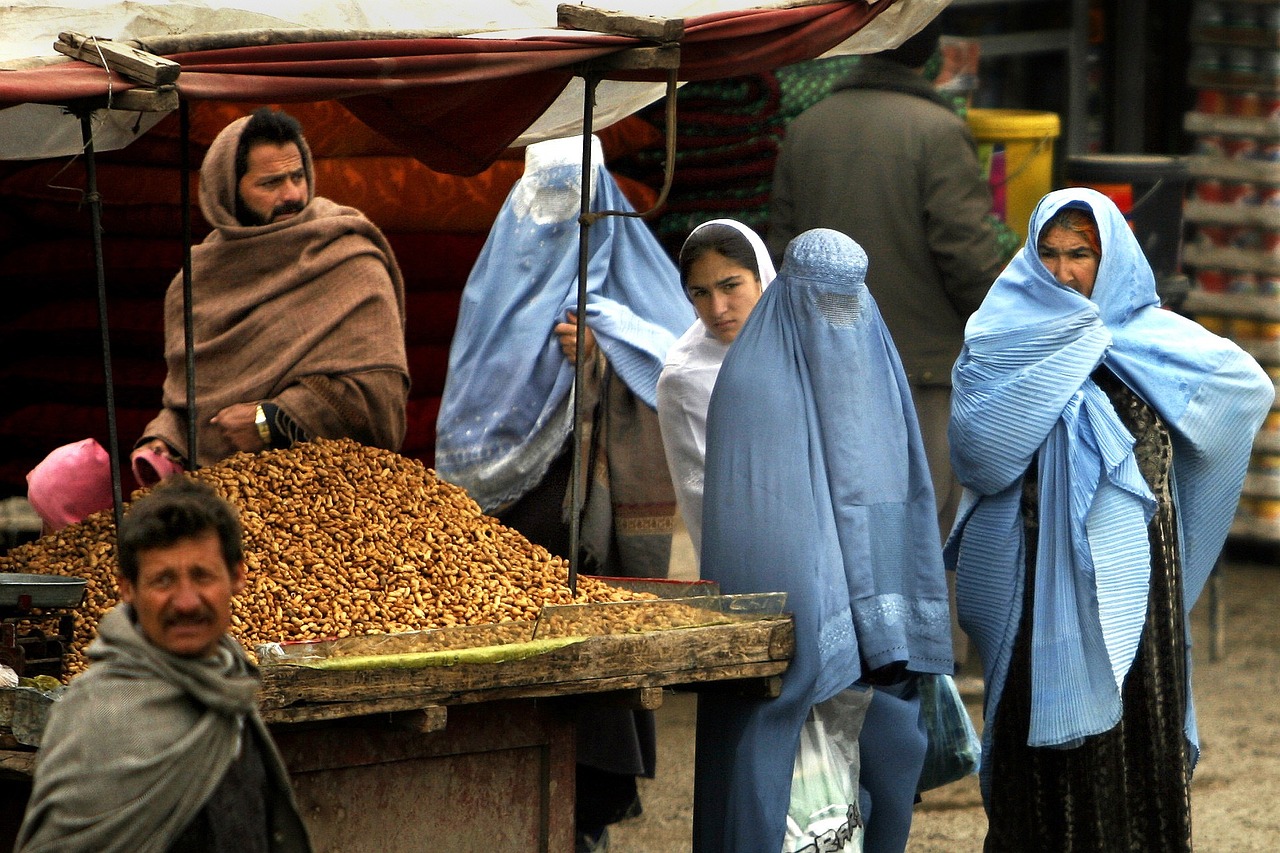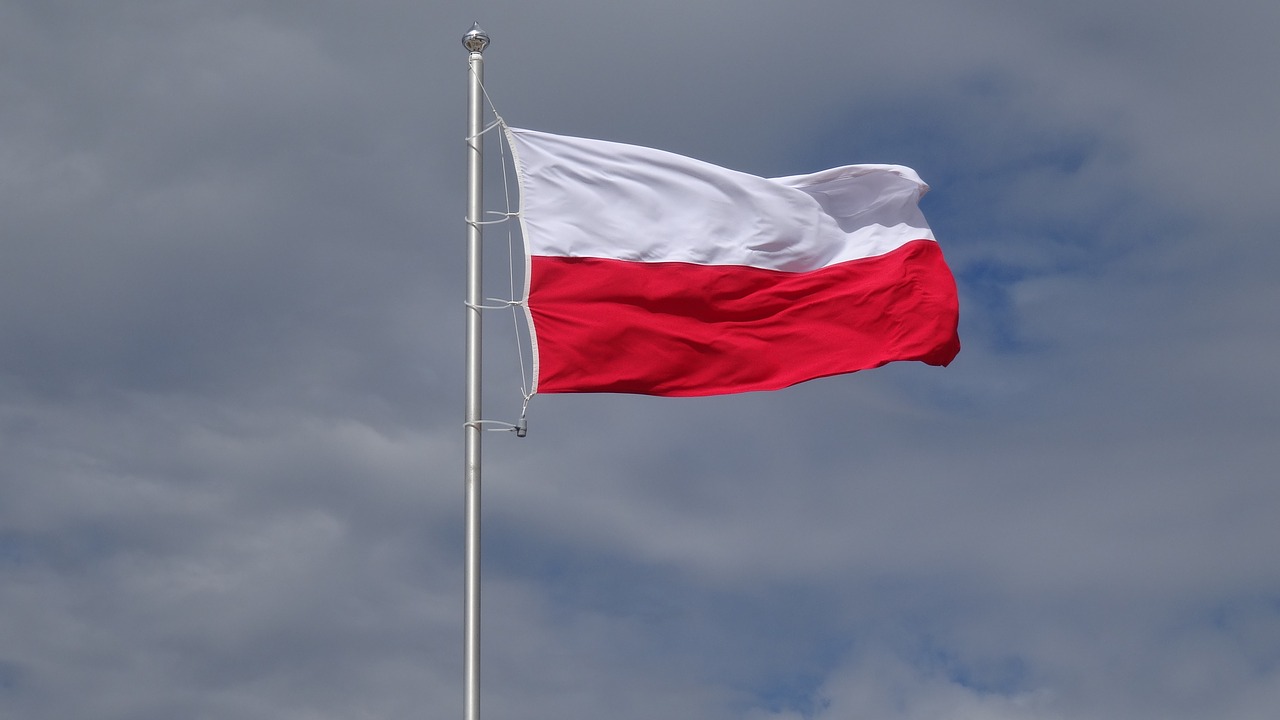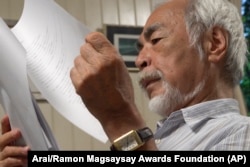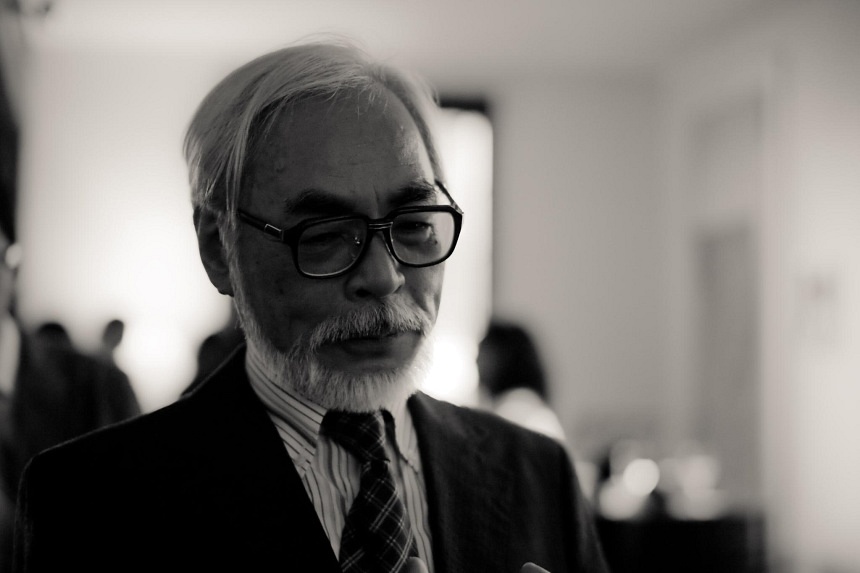William Dalrymple
Sun 1 September 2024

A painting of the Indian astronomer Aryabhata (476–550), who calculated the exact length of the solar year to an accuracy of seven decimal points.
In AD628, an Indian sage living on a mountain in Rajasthan made one of the world’s most important mathematical discoveries. The great mathematician Brahmagupta (598–670) explored Indian philosophical ideas about nothingness and the void, and came up with the treatise that more or less invented – and certainly defined – the concept of zero.
Brahmagupta was born near the Rajasthan hill station of Mount Abu. When he was 30 years old, he wrote a 25-chapter treatise on mathematics that was immediately recognised as a work of extraordinary subtlety and genius.
He was the first mathematician to treat the circular zero symbol – originally just a dot – as a number just like the others, rather than merely as an absence, and this meant developing rules for doing arithmetic using this additional symbol along with the other nine.
These basic rules of mathematics for the first time allowed any number up to infinity to be expressed with just 10 distinct symbols: the nine Indian number symbols devised by earlier generations of Indian mathematicians, plus zero.These rules are still taught in classrooms around the world today.
Brahmagupta also wrote down in Sanskrit verse a set of arithmetic rules for handling positive and negative numbers, another of his innovations. In other writings, he seems to have been the first to describe gravity as an attractive force a full millennium before Isaac Newton.
But Brahmagupta was not alone, and he viewed himself as standing on the shoulders of an earlier Indian genius, Aryabhata (476–550). The latter’s work contains a very close approximation of the value of pi – 3.1416 – and deals in detail with spherical trigonometry. The ease of making calculations using his system had direct implications for astronomy and allowed him to calculate the movements of the planet, eclipses, the size of the Earth and, astonishingly, the exact length of the solar year toan accuracy of seven decimal points.
He also correctly proposed a spherical Earth that rotated on its own axis. “By the grace of Brahma,” he wrote, “I dived deep in the ocean of theories, true and false, and rescued the precious sunken jewel of true knowledge by the means of the boat of my own intellect.”
The ideas of these two men, bringing together the mathematical learning of ancient India, travelled first to the Arab world, then far to the west, giving us not only crucial mathematical concepts such as zero, but the very form of the numbers we use today. In Britain, our education still gives us the impression that most of the great scientific advances of antiquity were the productof the brilliance of ancient Greece. We learn about Pythagoras and Archimedes at primary school, but mathematicians of equal stature of Indian background are still completely unfamiliar to most of us, and neither Brahmagupta nor Aryabhata are names that will ring any bells at all in this country beyond a tiny group of academics.
It was they who perfected the numeral system in use around the world, arguably the nearest thing the human race has to a universal language; yet in the west, we attribute our numerals to the Arabs from whom we borrowed them, not the Indians who actually invented them.
In Britain, we are still quite astonishingly ignorant about India’s often forgotten position as an economic fulcrum, and civilisational engine at the heart of the ancient and early medieval worlds.
Related: Much ado about nothing: ancient Indian text contains earliest zero symbol
Although we in the west are almost entirely unaware of it, Indian learning, religious insights and ideas are among the crucial foundations of our world. Like ancient Greece, ancient India came up with a set of profound answers to the big questions about what the world is, how it operates, why we are here and how we should live our lives.
What Greece was first to Rome, then to the rest of the Mediterranean and European world, so at this period India was to south-east and central Asia and even to China, radiating out and diffusing its philosophies, political ideas and architectural forms over an entire region, not by conquest but instead by sheer cultural allure and sophistication.
For a millennium and a half, from about 250BC to 1200, India was a confident exporter of its own diverse civilisation, creating around it an empire of ideas that developed into a tangible “Indosphere”, where its cultural influence was predominant.
During this period, the rest of Asia was the willing and even eager recipient of a startlingly comprehensive mass transfer of Indian soft power – in religion, art, music, dance, technology, astronomy, mathematics, medicine, language and literature.
Out of India came not just pioneering merchants, astronomers and astrologers, scientists and mathematicians, doctors and sculptors, but also the holy men, monks and missionaries of several distinct strands of Indic religious thought and devotion, Hindu and Buddhist.
These different religious worlds sometimes mingled and melded, sometimes competed; occasionally, they clashed. But between them they came to dominate south, central, south-east and eastern Asia. More than half the world’s population today lives in areas where Indian ideas of religion and culture are, or once were, dominant, and where Indian gods ruled the imaginations of men and women.
This entire spectrum of early Indian influence has always been there, hiding in plain sight: in the Buddhism of Sri Lanka, Tibet, China, Korea and Japan; in the place names of Burma and Thailand; in the murals and sculptures of the Ramayana and the Mahabharata in Laos and Cambodia; and in the Hindu temples of Bali.
Yet somehow the Golden Road of monsoon-blown maritime trade routes linking all this into a single cultural unit – a vast Indosphere stretching all the way from the Red Sea to the Pacific – has never been recognised as the link connecting all these different places and ideas to each other; and never been given a name.
If India’s transformative effect on the religions and civilisations around it was so central to world history, why is the extraordinary diffusion of its influence not better and more widely known?
This is surely a lingering legacy of colonialism and more specifically Victorian Indology, which undermined, misrepresented and devalued Indian history, culture, science and knowledge from the period when Thomas Babington Macaulay confidently proclaimed that “a single shelf of a good European library was worth the whole native literature of India and Arabia”.
If India were acknowledged to already have been a powerful, cosmopolitan and profoundly sophisticated civilisation, then what justification would there be for Victorian Britain’s civilising mission?
How would you set out to bring civilisation to a part of the world that you recognised has been supremely civilised for thousands of years and which indeed was spreading its influence all over Asia long before the coming of Christianity? The irony was that it was Indian ideas that in many ways allowed the west to move eastward and subjugate India.
The numerals invented in India were adopted by the Arabs by the 8th century, thanks to a dynasty of viziers of Baghdad, the Barmakids, who were Sanskrit-literate converts from Buddhism, some of whose members had studied Indian mathematics in Kashmir.
It was the Barmakids who sent missions to India in search of Indian scientific texts, resulting in a mission from Sindh that brought a compilation of the works of Brahmagupta and Aryabhata to Baghdad in 773.
A generation later, all the Sanskrit mathematical texts stored in the House of Wisdom library in Baghdad were brilliantly summarised by the Persian polymath Khwarizmi, whose name is the origin of our word “algorithm” and whose book popularly known as Kitab al-Jabr is the basis of our word “algebra”.
It became the basis for mathematics across the Arab world. But it is the original name of the book that points to its inspiration: The Compendious Book on Calculating by Completion and Balancing, According to Hindu Calculation.
From Baghdad, these ideas spread across the Islamic world. Five hundred years later, in 1202, Leonardo of Pisa, known by his nickname Fibonacci, returned from Algeria to Italy with his father, where he found his compatriots still shackled by the Latin numeral system.
Fibonacci had grown up in a Pisan trading post in Béjaïa, where he had learned fluent Arabic as well as Arab mathematics. On his return, at the age of 32, he wrote the Liber Abaci, the Book of Calculation. As he explained in the introduction, it was in Algeria that “I was introduced to a wonderful kind of teaching that used the nine figures of the Indias.
“With the sign 0, which the Arabs call zephyr (al-sifr), any number whatsoever can be written. Getting to know this pleased me far beyond all else … Therefore I made an effort to compose this book so that in future the Latin race may not be found lacking in mathematical knowledge.”
It was Fibonacci’s Liber Abaci that first popularised in Europe the use of what were later thought of as “Arabic numerals”, so seeding the growth of banking and accounting, initially in Italy, under dynasties such as the Medici and then in the rest of Europe.
These innovations helped propel the commercial and banking revolution that financed the Renaissance and in time, as these ideas spread, the rise of Europe, ultimately making it look east towards the riches of India, the source of all these ideas.
For it was arguably European commercial prowess and initiative just as much as military might that gave Europe the edge over India.
From the mid-18th century, it was a European corporation, the East India Company – run from the City of London by merchants and accountants, with their ledgers and careful accounting – that ran amok and seized and subjugated a fragmented and divided India in what was probably the supreme act of corporate violence in history.
Today, three-quarters of a century after independence, many believe that India’s moment has come again. Its economy has quadrupled in size in a single generation. Its reputation as a centre for mathematics and scientific skills remains intact, as Indian software engineers increasingly staff the new Houses of Wisdom in Silicon Valley.
The only questions are whether it is India, China or the US that will dominate the world by the end of this century, and what sort of India that will be.
For a thousand years, India’s ideas spread along the Golden Road and transformed the world, creating around itself an Indosphere, a cultural zone that spread over political borders by the sheer power of its ideas.
Within this area, Indian culture and civilisation transformed everything they touched.
This poses a question, unthinkable back in 1947 at independence from Britain: could they do so again?
• The Golden Road: How Ancient India Transformed the World by William Dalrymple is published by Bloomsbury (£30). To support the Guardian and Observer order your copy at guardianbookshop.com. Delivery charges may apply









 I
I
